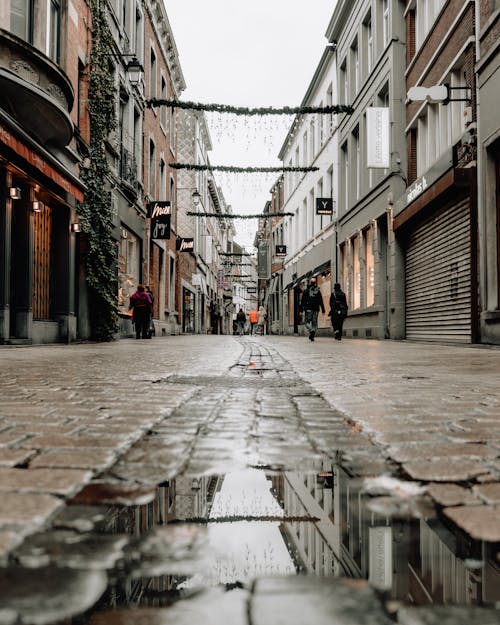Framing Streets Fundamentals Explained
Framing Streets Fundamentals Explained
Blog Article
More About Framing Streets
Table of ContentsRumored Buzz on Framing StreetsFraming Streets Can Be Fun For EveryoneWhat Does Framing Streets Mean?The Single Strategy To Use For Framing StreetsWhat Does Framing Streets Do?The Definitive Guide for Framing Streets
, generally with the purpose of recording images at a decisive or touching moment by mindful framework and timing. https://framingstreets1.wordpress.com/2024/01/10/framing-streets-exploring-life-through-street-photography/.
, that was inspired to carry out a similar documentation of New York City. As the city established, Atget helped to advertise Parisian roads as a deserving topic for digital photography.

Rumored Buzz on Framing Streets
The chief Mass-Observationists were anthropologist Tom Harrisson in Bolton more helpful hints and poet Charles Madge in London, and their very first record was generated as the book "May the Twelfth: Mass-Observation Day-Surveys 1937 by over two hundred onlookers" [] Window cleaner at Kottbusser Tor, Berlin, by Elsa Thiemann c. 1946 The post-war French Humanist Institution photographers found their topics on the road or in the bistro. In between 1946 and 1957 Le Groupe des XV yearly exhibited work of this kind. Andre Kertesz. Circus, Budapest, 19 May 1920 Street digital photography formed the significant content of 2 exhibits at the Museum of Modern Art (Mo, MA) in New York curated by Edward Steichen, Five French Professional Photographers: Brassai; Cartier-Bresson, Doisneau, Ronis, Izis in 1951 to 1952, and Post-war European Digital Photography in 1953, which exported the principle of street photography globally.

7 Simple Techniques For Framing Streets
, after that an educator of young youngsters, connected with Evans in 193839.'s 1958 publication,, was substantial; raw and commonly out of focus, Frank's images questioned conventional digital photography of the time, "tested all the official rules laid down by Henri Cartier-Bresson and Walker Evans" and "flew in the face of the wholesome pictorialism and genuine photojournalism of American magazines like LIFE and Time".
Report this page